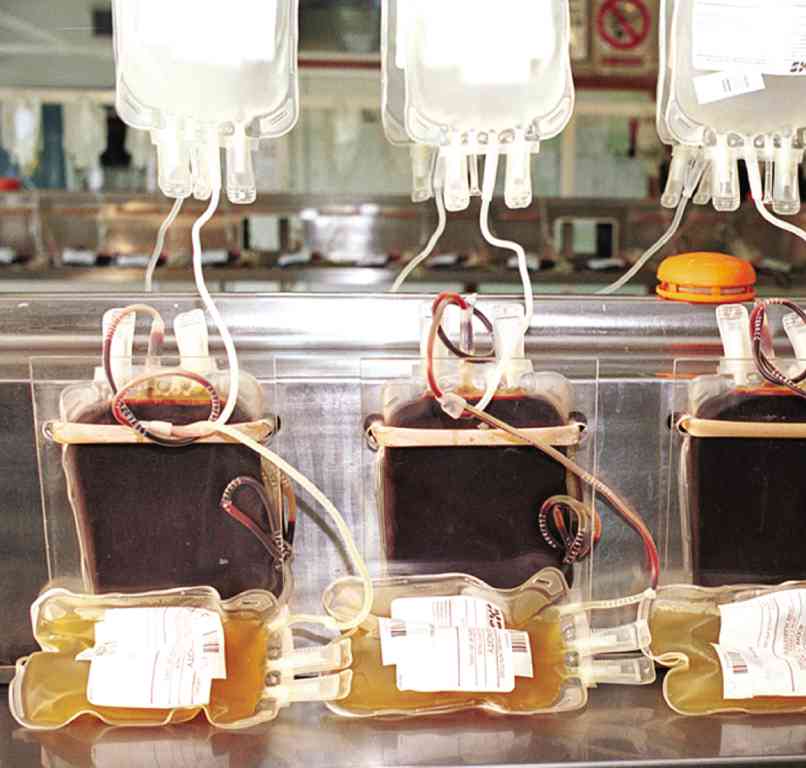
SEPARATING blood into its various components allows a single unit of blood to benefit several patients and provides a patient only the blood component which is needed.
About 112.5 million blood donations are collected globally every year. However, according to the World Health Organization, approximately 50 percent of these blood donations are collected in high-income countries, where 19 percent of the world’s population live.
The health agency noted there is a marked difference in the level of access to blood between low- and high-income countries. While median blood donation rate in high-income countries is 33.1 donations per 1,000 people, it is just 11.7 donations per 1,000 people in middle-income countries, and a measly 4.6 donations per 1,000 people in low-income countries.
“Providing safe and adequate blood should be an integral part of every country’s national health-care policy and infrastructure, which is why company’s like Mapfre, a leading global insurance company, must embark on a global initiative to support the World Health Organization’s annual observance of the World Blood Donor Day as well as the Philippine Red Cross’ Blood Donors’ Month this whole month of July,” said Tirso Abad, president and CEO of nonlife insurance company, Mapfre Insular.
He related that Mapfre’s campaign encouraged employees from countries where it operates to donate blood within a 24-hour period. Aside from the Philippines, Mapfre’s offices in China, India, Taiwan, Sweden, Spain, the United States, Chile, Costa Rica, El Salvador, Panama, Paraguay, Peru and Uruguay participated in the campaign.
The World Blood Donor Day is celebrated annually (June 14 this year) since 2004 in order to improve the safety and adequacy of national blood supply, especially for patients whose lives depend on it.
The campaign hopes to substantially increase the number of safe, voluntary, unpaid donors who give blood regularly.
Blood is made up of a number of components, including red blood cells, platelets and plasma. These components are separated, to be used to treat different patients including those with medical conditions such as anemia, cancer and blood disorders; those undergoing surgery (including cardiac surgery and emergency surgery); and those mothers that suffered blood loss after childbirth.
Data from the Philippine Red Cross reveals that the country needs 118 blood units every hour, 2,832 units every day, and 1 million blood units every year. Last year, the country was able to collect 771,000 blood units and for this year, 1 million blood units are targeted for collection.
“The need for a secure blood supply is much more common than we may think. In every event that a unit of blood is needed, a life is being saved. As important as it is to donate, it is equally important to be aware of how much a simple gesture can mean to someone in his/her time of need. It could be the difference between life and death,” reminded Abad.

